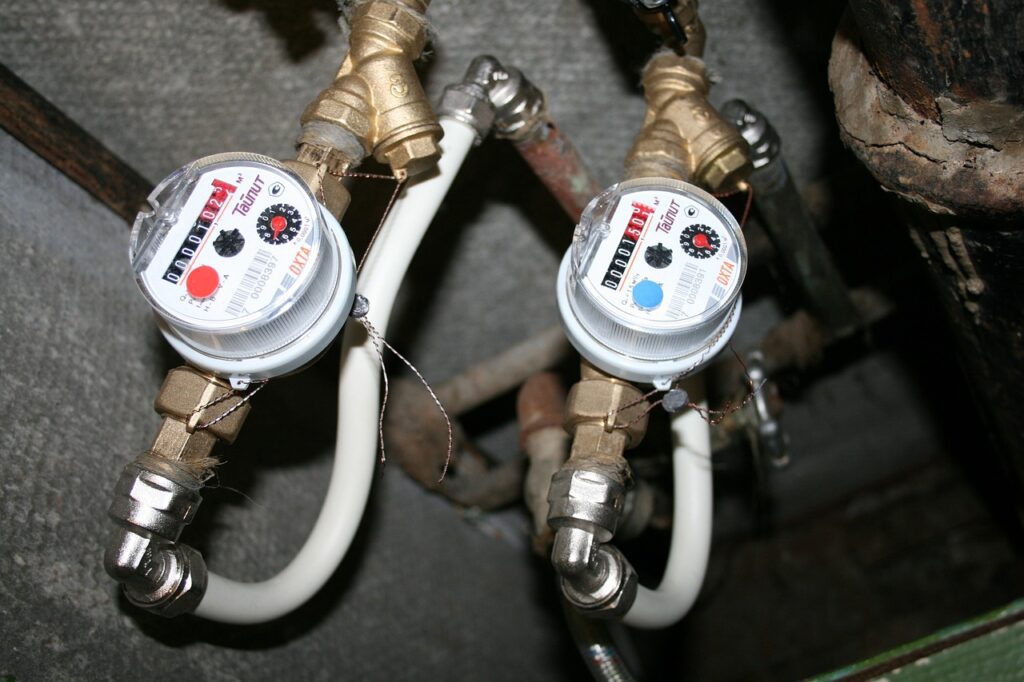PEX (cross-linked polyethylene) piping systems have revolutionized residential and commercial plumbing due to their flexibility, durability, and ease of installation. If you’re considering a plumbing project or simply want to understand more about PEX piping, this guide will cover everything you need to know about its features, benefits, installation methods, applications, and considerations.
Contents
What is PEX Piping?
PEX is a flexible plastic material that is used for plumbing systems in both residential and commercial buildings. It’s made through a process of cross-linking polyethylene molecules, which enhances its strength and durability compared to traditional rigid plastic pipes.
Features and Benefits of PEX Piping
- Flexibility: PEX piping is highly flexible, allowing it to bend around corners and obstacles without the need for additional fittings. This flexibility reduces the number of joints and potential leak points in the system.
- Durability: PEX is resistant to scale buildup, corrosion, and chlorine, which can degrade other piping materials over time. It also performs well in freezing conditions, as it can expand and contract without breaking.
- Cost-Effective: PEX piping is generally more affordable than copper piping and requires fewer fittings and connectors, resulting in lower installation costs.
- Ease of Installation: PEX is lightweight and can be installed quickly using simple tools. It can often be snaked through walls and floors with minimal disruption, making it ideal for renovations and retrofits.
- Versatility: PEX can be used for both hot and cold water supply lines, as well as for radiant heating systems. It comes in different colors (red for hot, blue for cold, and white for general plumbing), making it easy to distinguish between lines.
- Longevity: PEX piping systems have a lifespan of 50 years or more when installed correctly, providing long-term reliability and peace of mind.
Types of PEX Piping
There are three main types of PEX tubing used in plumbing applications, each with specific characteristics and applications:
- PEX-A (Cross-Linked Polyethylene Type A):
- Manufacturing Method: Produced using the Engel method, which results in the most flexible and durable PEX.
- Advantages: Resistant to cracks, kinks, and damage from freezing; easier to work with in tight spaces; suitable for both hot and cold water applications.
- Examples: Uponor (Wirsbo) PEX, Rehau PEX.
- PEX-B (Cross-Linked Polyethylene Type B):
- Manufacturing Method: Produced using the Silane method, which creates a slightly stiffer PEX compared to PEX-A.
- Advantages: Good balance of flexibility and cost-effectiveness; suitable for residential plumbing applications.
- Examples: SharkBite PEX, Apollo PEX.
- PEX-C (Cross-Linked Polyethylene Type C):
- Manufacturing Method: Produced using the electron beam method, which results in a more uniform and consistent structure.
- Advantages: High resistance to chlorine and oxidation; suitable for high-temperature applications such as commercial plumbing and radiant heating.
- Examples: Uponor (Wirsbo) AquaPEX, ViegaPEX.
Installation Methods
PEX piping can be installed using several methods, depending on the project requirements and local building codes:
- Crimp Method: This is the most common method where copper or stainless steel rings are crimped around the PEX pipe and fitting using a crimping tool.
- Clamp (or Cinch) Method: Similar to the crimp method, but stainless steel rings are used instead of copper. A clamp tool is used to compress the ring around the pipe and fitting.
- Expansion Method: PEX-A tubing can be expanded with an expansion tool to fit over a fitting. As the tube shrinks back to its original size, it creates a secure connection without the need for rings or clamps.
- Push-Fit (or Press) Fittings: Some manufacturers offer push-fit fittings that require no tools; the PEX pipe is simply pushed into the fitting, which contains O-rings to create a watertight seal.
Applications of PEX Piping
PEX piping is versatile and suitable for a wide range of plumbing applications:
- Residential Plumbing: Supply lines for hot and cold water, including fixtures, appliances, and potable water systems.
- Commercial Plumbing: Ideal for new construction and renovations due to its ease of installation and durability.
- Radiant Heating Systems: Used for underfloor heating and radiant panel systems due to its ability to withstand high temperatures.
- Snow Melting Systems: PEX can be used in systems that melt snow and ice from driveways, walkways, and roofs.
Considerations for Using PEX Piping
While PEX piping offers numerous advantages, there are some considerations to keep in mind:
- UV Sensitivity: PEX is sensitive to UV light and should not be exposed to sunlight for extended periods. It should be covered or shielded if used outdoors.
- Fittings Compatibility: Ensure that fittings and connectors used with PEX piping are compatible with the specific type of PEX being installed (A, B, or C).
- Local Building Codes: Always adhere to local plumbing codes and regulations when installing PEX piping, especially concerning installation methods and materials.
- Water Quality: In areas with acidic water or high chlorine levels, consider using PEX-C, which is more resistant to these conditions.
Conclusion
PEX piping systems have become a preferred choice for plumbing installations due to their flexibility, durability, and ease of installation. Whether you’re renovating a bathroom, upgrading a kitchen, or installing a new plumbing system, PEX offers versatility and reliability. Understanding the different types of PEX, installation methods, applications, and considerations will help you make informed decisions and ensure successful plumbing projects in your home or business. Embrace the benefits of PEX piping and enjoy efficient, long-lasting plumbing solutions for years to come.










